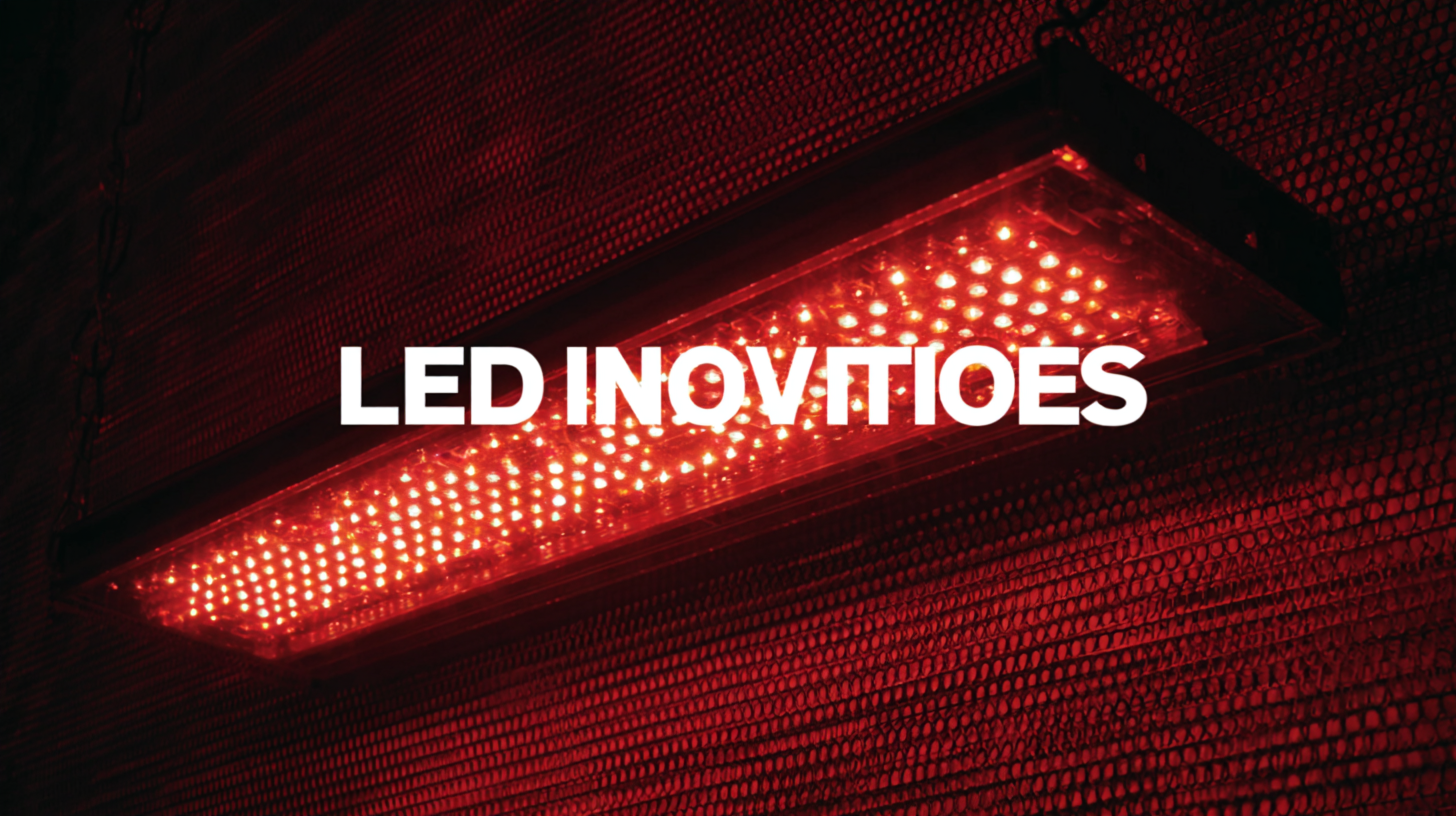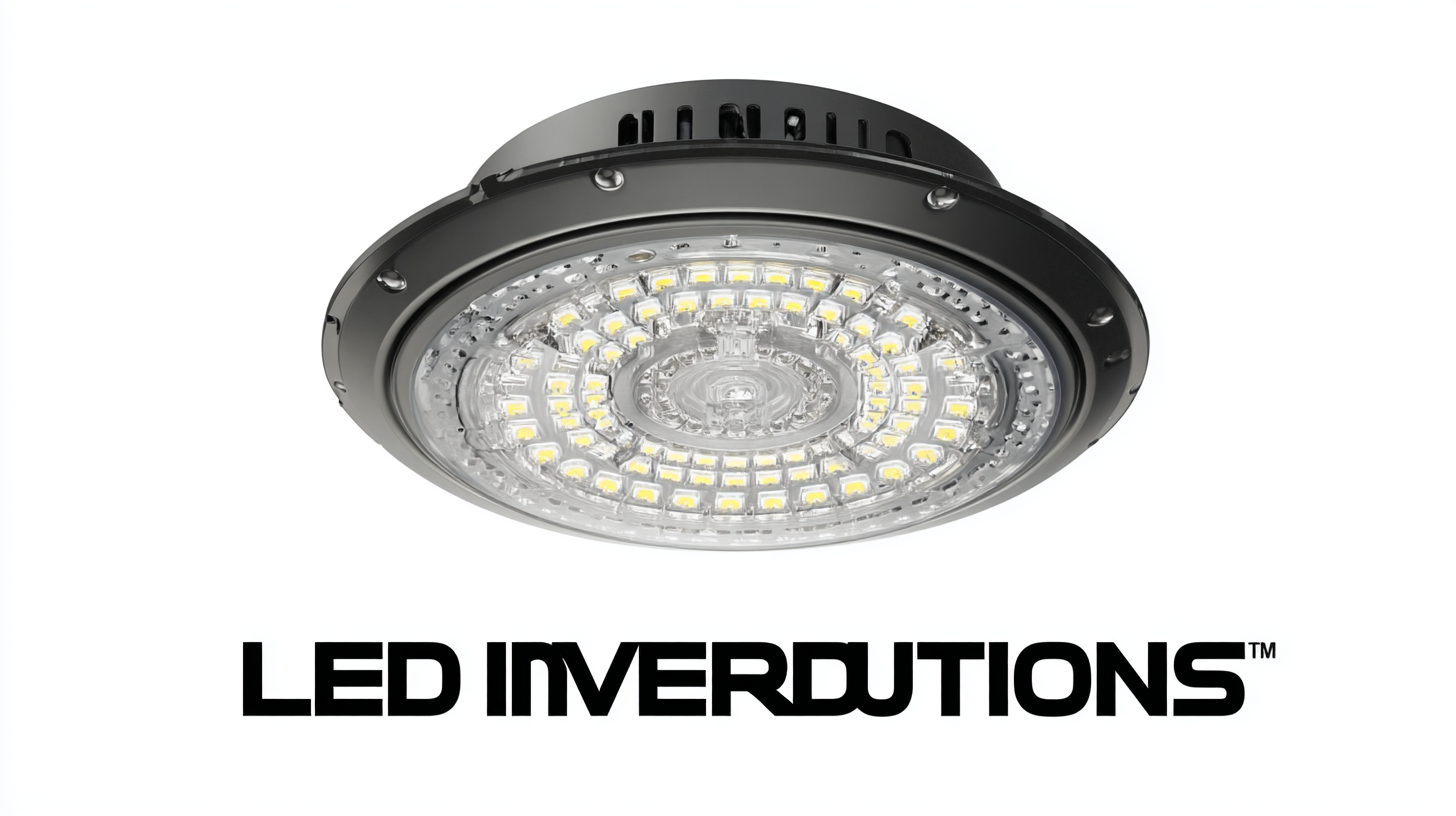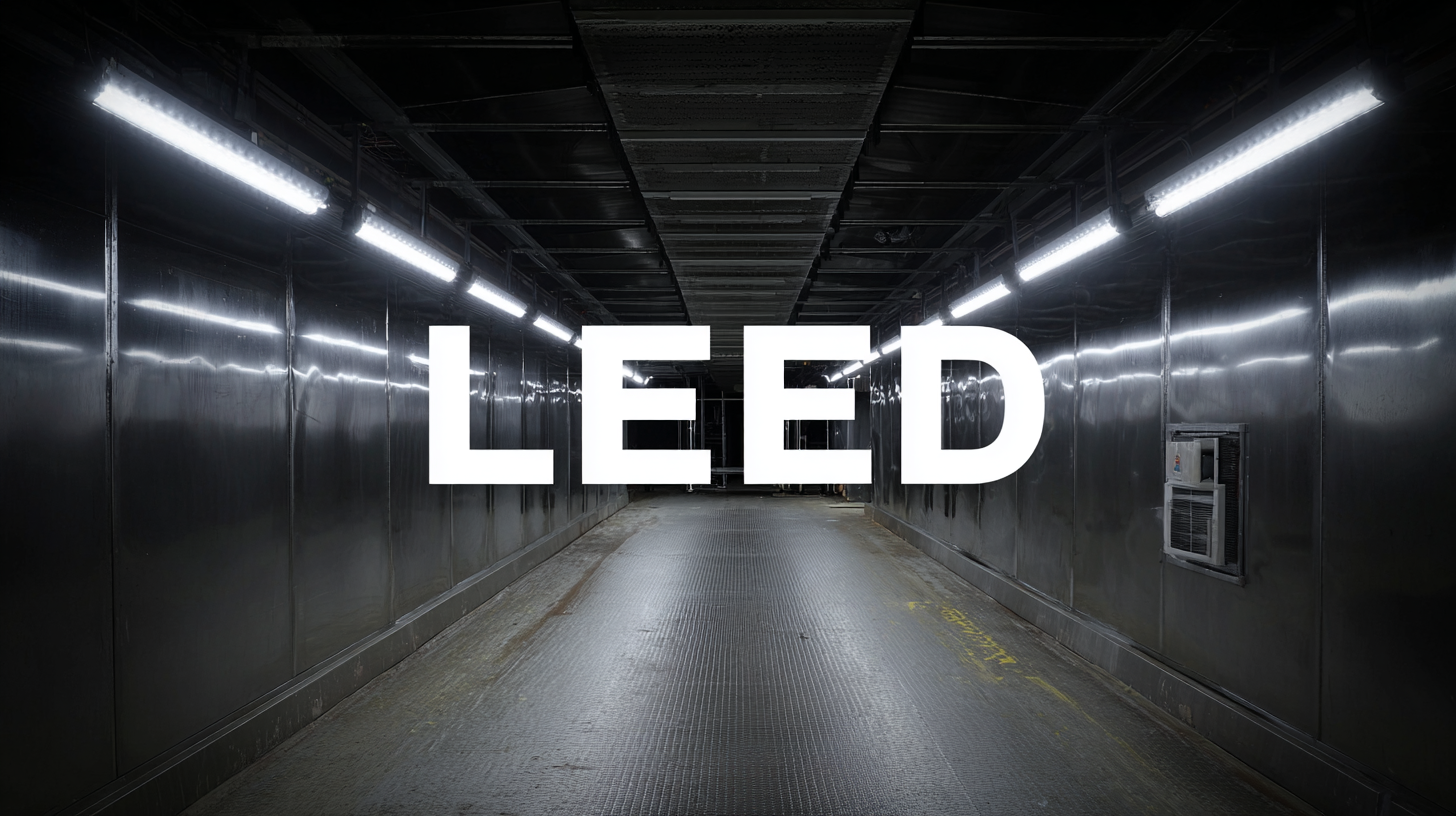2025 Industry Innovations: The Ultimate Guide to the Best LED Fixtures for Future Lighting Solutions
As we approach 2025, the landscape of lighting solutions is rapidly evolving, driven by innovations in technology and a growing commitment to sustainability. According to a recent report by Grand View Research, the global LED lighting market is expected to reach $130 billion by 2028, reflecting a compound annual growth rate (CAGR) of 13.2% from 2021 to 2028. As businesses and consumers alike seek energy-efficient alternatives, LED fixtures have become the cornerstone of modern lighting solutions. This blog will explore various types of LED fixtures that are leading the charge towards a more sustainable and technologically advanced future. From smart lighting systems to flexible designs, understanding these alternatives is essential for anyone looking to stay ahead in this dynamic industry.

Advantages of LED Fixtures in Sustainable Lighting Solutions
The shift towards sustainable lighting solutions is accelerating, and LED fixtures are at the forefront of this revolution. According to a report from the Department of Energy, the widespread adoption of LED lighting could save the United States over 348 terawatt-hours of electricity by 2027, which is equivalent to the annual energy consumption of about 30 million homes. This dramatic reduction in energy use not only leads to substantial savings on energy bills but also minimizes greenhouse gas emissions, demonstrating a clear advantage in the push for a sustainable future.

In addition to energy efficiency, LED fixtures boast a significantly longer lifespan compared to traditional lighting options. Research indicates that LED products can last up to 25 times longer than incandescent bulbs. This longevity decreases the frequency of replacements, consequently reducing waste and the environmental impact associated with manufacturing and disposal. Furthermore, advancements in LED technology are paving the way for smarter, more adaptable lighting solutions that can enhance energy efficiency and user experience, underscoring their role as a critical component in the evolution of sustainable lighting strategies.
Innovative Features of Next-Gen LED Technology
The landscape of lighting solutions is set to transform significantly with the advent of next-generation LED technology. Innovative features such as smart controls, enhanced energy efficiency, and advanced thermal management are revolutionizing how we utilize artificial light. According to the U.S. Department of Energy, LED lighting is projected to account for 80% of all lighting installations by 2025, driven by these advanced functionalities.

One notable innovation is the integration of IoT capabilities in LED fixtures, allowing for real-time monitoring and management of lighting systems. A report by Navigant Research indicates that smart lighting can lead to energy savings of up to 30% when combined with adaptive controls. Furthermore, advancements in color tunability and dimmability offer tailored lighting experiences that promote well-being and productivity, demonstrating how the next-gen LED technology is not only about illumination but also about enhancing user experience and operational efficiency in various environments.
Cost Savings and Energy Efficiency of Modern LED Fixtures
In 2025, the landscape of lighting solutions is set to be revolutionized by advanced LED fixtures that prioritize cost savings and energy efficiency. The evolution of LED technology has already demonstrated significant reductions in energy consumption compared to traditional lighting options. These modern fixtures utilize innovative designs that maximize light output while minimizing energy use, allowing businesses and homeowners alike to lower their electrical bills substantially.
Moreover, the long lifespan of LED fixtures contributes to their cost effectiveness. With an average lifespan that exceeds 25,000 hours, LED lights require less frequent replacements, reducing maintenance costs and waste. The integration of smart technology in LED fixtures further enhances their efficiency. Features like dimming capabilities, motion sensors, and programmable lighting schedules allow users to tailor their lighting to meet specific needs, ensuring that energy is only used when necessary. This not only leads to financial savings but also supports sustainability efforts by reducing the overall carbon footprint of lighting systems.
Versatility in Design: Customizing LED Solutions for Various Spaces
As the demand for energy-efficient lighting solutions continues to grow, the versatility of LED fixtures stands at the forefront of industry innovations. Customization in design is not merely an option but a necessity, as different spaces require tailored lighting to achieve optimal functionality and aesthetics. According to a recent report from Allied Market Research, the global LED lighting market is projected to reach $105.4 billion by 2025, highlighting the increasing shift towards innovative and customizable solutions that cater to various environments, from residential to commercial and industrial settings.
The ability to customize LED fixtures extends beyond mere color temperature adjustments; it encompasses a wide array of design options including dimmability, smart integration, and unique fixture shapes. A study by the Lighting Research Center indicates that personalized lighting can enhance productivity by up to 30%, particularly in workspaces where natural light is limited. As businesses seek to create more engaging atmospheres, the trend towards modular and adaptive LED solutions will be a key driver in lighting technology, enabling spaces to transform easily with both function and creativity in mind.
Impact of LED Lighting on Health and Well-being in Work Environments
The impact of LED lighting on health and well-being in work environments is becoming increasingly significant as industries embrace innovative lighting solutions. LEDs provide a spectrum of light that can be tailored to enhance focus and productivity, making them an ideal choice for office spaces. Unlike traditional fluorescent lighting, which often causes eye strain and fatigue, LEDs facilitate better visual comfort, reducing the risk of headaches and promoting a more conducive atmosphere for work.
Moreover, the ability to adjust color temperatures in LED fixtures can create different moods and responses within a workspace. Cooler, brighter lights can stimulate alertness and energy levels, while warmer hues can foster relaxation during breaks. This flexibility not only aids in maintaining employees' health but also supports their overall well-being, creating a workplace that prioritizes mental clarity and comfort.
As organizations continue to innovate with LED technologies, the potential for a healthier work environment becomes one of the most compelling reasons to invest in these lighting solutions.
Quality Commercial LED Lighting specializing in LED Tubes, LED Bulbs, LED Troffers, LED Door Kits, LED Retrofit Kits, LED Panels, LED Spot Lights, LED Wall Packs, LED Lamps, LED Drivers, LED Accessories, LED Lights, LED Sales, and LED Manufacturing. Headquartered in Atlanta, Georgia, USA.
